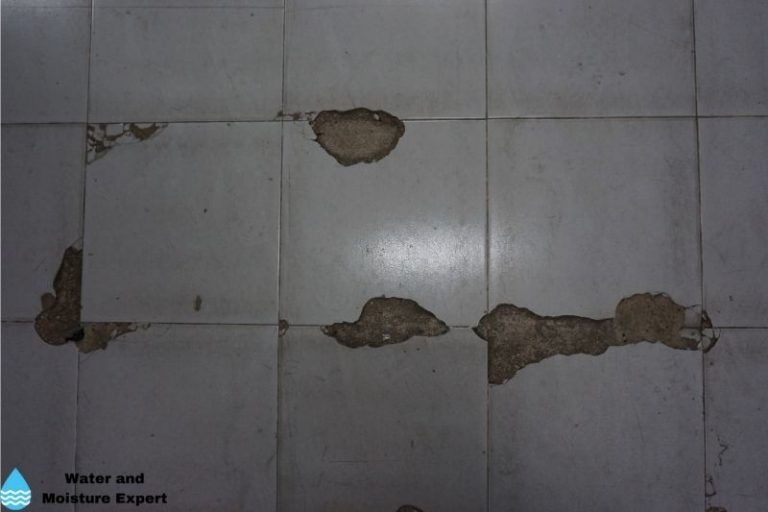Do you find yourself trying to locate critical information concerning Looking for Signs of Water Damage in the Bathroom?

The bathroom is extremely at risk for damp accumulation and also prospective water damage as a result of the regular use of water in it. This write-up uses easy inspection strategies to assist detecting water damages risks.
The constant use water in the bathroom makes it exceptionally prone for moist buildup as well as potential water damage. By inspecting it consistently, you can decrease water related problems.
The following collection of evaluations is easy to carry out and also ought to be done when in every three months in order to maintain your washroom healthy as well as to prevent possible water damages caused by the tub, the shower, pipeline joints as well as plumbing, sinks, closets, and the commode
Do not neglect doing these evaluations and also be extensive while executing them. Bear in mind that these simple examinations can save you a great deal of money by giving early signs for water damage
Sinks and also Cabinets
Sinks as well as cupboards are exposed to wetness and moisture day-to-day as well as are often ignored. Evaluate frequently under the sink and also on the counter top over it. Fix any drip in the trap as it might recommend drain issues. Check out the sink, slow draining pipes may show an obstructed drain. Replace sink seals if they are split or loosened.
Bath tub and Shower
The shower and tub call for unique attention as well as upkeep. Examine the tiles and replace if broken. Make certain that there is no missing out on cement in between the floor tiles. Inspect and replace split caulking at joints where the wall surfaces fulfill the floor or the bathtub. Clogged drains as well as pipes issues will certainly protect against the bath tub from drying out and also may indicate major issues underneath the tub. Seek advice from a specialist promptly to stop architectural damages. Take note of discolorations or soft locations around the tub wall surfaces as they might suggest an interior leakage.
Plumbing
Signs for water damages are difficult to discover because many pipes are set up inside the walls.
Pay unique focus to floor covering and also wall surfaces wetness as well as spots as they may suggest an unnoticeable plumbing issue. Inspect moisture levels in adjoining areas too.
The Bathroom
The bathroom is a susceptible water junction. Examine the water lines and also look for leakages around the bathroom seat, in the hose pipe, and under the water container. If you identify any type of indications of moisture on the flooring around the commode, look for leaks in the toilet rim and also storage tank seals.
Understand that hanging toilet dish antiperspirants enhances the chances for obstructions.
Water Damage Signs In The Bathroom To Avoid Cleanup
Musty smell
This is one of the easiest signs to catch because musty smells are so odorous. The damp, earthy, moldy smell should be a big red flag. The smell will develop when moisture gets trapped in surfaces, and begins to facilitate mold growth. Leaking pipes under cabinets, inside walls, and behind shower fixtures will cause moisture to stay trapped and not dry, which will lead to mold growth and spread. As soon as you notice any musty smells in your bathroom, have it checked for hidden water damage and cleanup signs.
Visible mold
If the smell isn’t there to give it away, sometimes you will actually see mold growth. Finding mold in your bathroom is a serious problem, because mold is very harmful to your health. By the time mold growth is visible, it also means that water damage has already occurred and been present for some time. The only way the mold problem can be resolved is to find the source of the moisture and get it stopped. To safely and adequately remove mold, you need to have professionals handle the remediation. Do not waste any time in getting mold problems addressed, fixed, and sanitized so that you can protect you and your family from the many respiratory symptoms caused by mold exposure.
Damaged floors
Bathroom floors should be able to withstand some exposure to water while still remaining in good condition. However, when excess exposure or water leaks occur, they will begin to damage even the most water-resistant flooring. If you notice any cracking, bubbling, staining, or warping on your bathroom floors, there is probably a water leak somewhere causing the distortion. If you notice areas of the floor have become softer, or even have a spongy feeling, there is probably damage to the subfloor. Subflooring is typically made up of plywood. When plywood is exposed to water or moisture, it will absorb it. Once it has become saturated, the weight of the excess water will cause the wood to swell and soften. Check the floors in your bathroom frequently to catch any of these sings before they lead to damaged subflooring.
Changes on walls
When water leaks behind walls, it will cause changes in the drywall. Peeling plaster, blistering paint, and soggy wallpaper are all good indicators that excess water is building up behind the wall. Water leaking behind drywall will cause it to swell and be soft to the tough. If you start to notice gaps along the trim of your walls, or where tile meets the wall, it could also be a strong indicator that there is a leak behind the wall. Any changes, distortion, or damage on the walls should be evaluated as soon as you notice it to prevent further water damage and cleanup.

Hopefully you enjoyed our piece about Common Causes of Water Damage in a Bathroom. Thanks so much for taking time to read our content. Kindly take the opportunity to promote this article if you enjoyed reading it. Thanks a lot for taking the time to read it.
Schedule A Service